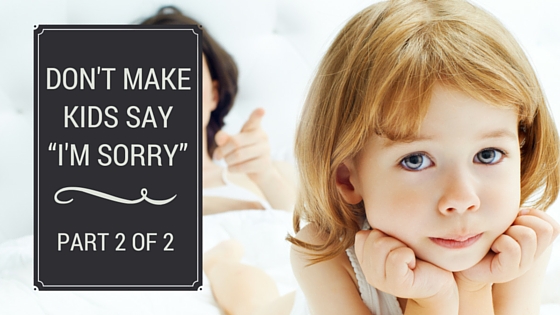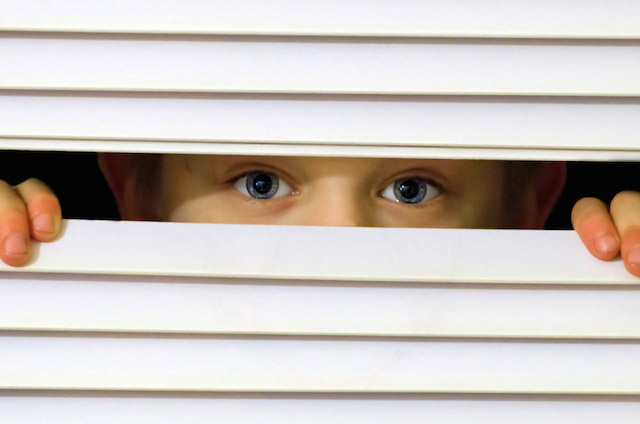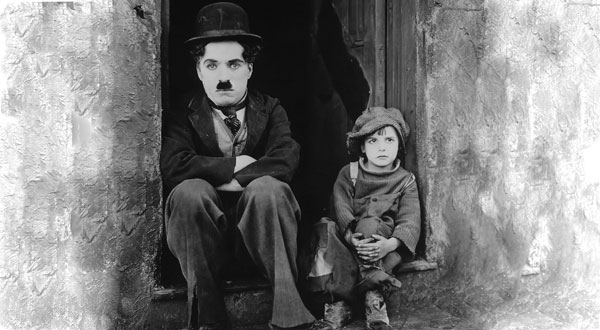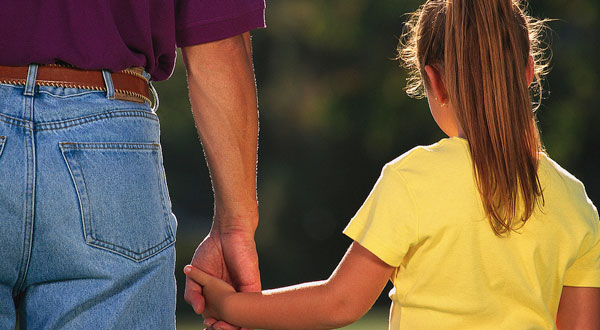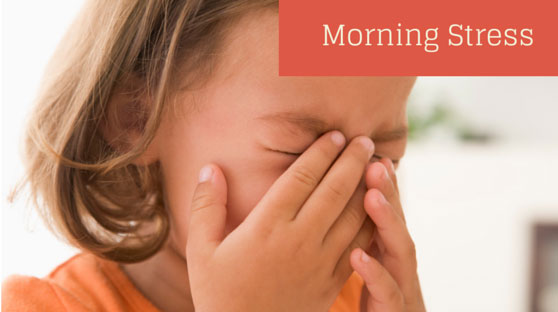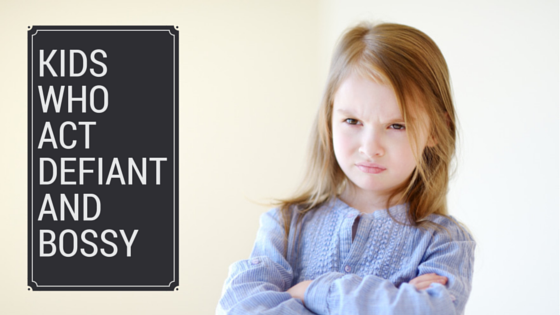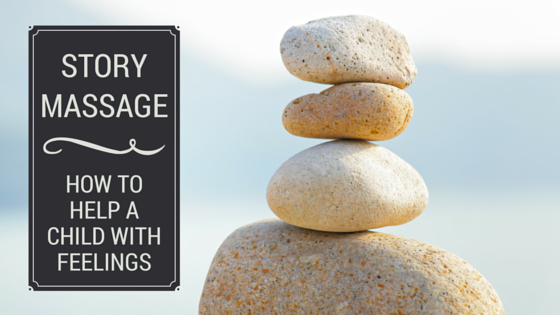Have you ever been in a situation where your child has done something you wish they hadn’t?
Maybe they grabbed a toy from another child at the park?
Maybe they wanted a play date, but as soon as their friend shows up they don’t want to play with him?
And they don’t apologize for it? Maybe they don’t even feel bad?
We talked about WHY that happens last week in our blog. If you missed it, go read up! People liked it!
This week we are going to talk about WHAT you can do instead of asking your child to apologize.
We’ll cover how to use these–awkward and embarrassing–situations to create an opportunity for your child to spontaneously reconnect with someone she’s hurt.
And we’ll talk about how you support and teach her.
There are 10 things you can do to help you children reconnect…. that are more effective than asking her to say, “I’m sorry”.
1. Assume the best intentions
This one is not about “doing” as much as it is a matter of thinking and perspective. Nel Noddings said, “Attribute to children the best possible intention consistent with the facts.” There is always a reason for a child to behave the way she did. And it’s a good reason (from their perspective)…
If you look a little deeper in ANY situation you can see that children are just trying to meet their basic needs. Some of their strategies are not very successful, e.g. grabbing a toy away from another child, hitting, or screaming, but if you can look underneath the strategy to see the unmet need. After you’ve uncovered why your child was acting that way, use the suggestions below.
2. Give empathy
This could be a mantra for us, parents… “Seek first to understand, before being understood.”–Steven Covey. For most people (little and big ones) it’s so much easier to calm down and to hear another person’s perspective after we’ve been understood by someone. Saying something as quick as, “That didn’t work out the way you wanted.” or “What’s wrong? How can I help?” can melt away anger, frustration, and get a child into a problem solving mode, without them getting defensive!
3. Set limits, if needed
Sometimes in situations kids need to know where the boundaries are.
You can set boundaries for safety with gentleness and firmness by saying something like, “You look so mad you that she took your toy, you don’t get to yell or hit her though.”
You can also set boundaries to encourage social growth, “I saw something happen between you and your friend. I’m not willing for you to keep playing until you’ve checked in with her to see if you can do something to help.” (You don’t have to deal with everything in “the heat of the moment” though. See #6)
You can also set boundaries about how things are going to be used, “I’m not willing for you to take a toy away from someone else. You can ask to play with it when she’s done, if you want.”
4. Explain the full picture
Sometimes kids are too young developmentally to understand that they’ve hurt someone else or they don’t understand social cues.
You can explain to a toddler who takes a toy from her baby sister, “Look the baby is crying, that’s her way of saying she wants her toy back. She’s so sad.” Or the child digging in the sand who gets sand in the eyes of another child, “You didn’t see that when you were digging, the sand was going all around. You didn’t want to get sand in your friend’s eyes. Look how sad he is.”
These explanations assume the best possible intention on the part of the child (just like #1) and then gives the child the space and time to respond appropriately. He might give the toy back, or get a tissue for the child with sand in his eyes, or he might need some help figuring out what to do (See #5).
5. Talk to the child about how to reconnect
Sometimes kids want to reconnect but don’t know how to. They need our help to come up with ideas and suggestions.
You could say to him, “Check in with him and say ‘Can i do anything to help?’” or “You can grab a tissue for the sand in his eyes and run back here. That will help. Hurry!” or “See if he wants an ice pack or a band-aid.”
This technique works great with older kids too, especially sibling situations, even after the fact. You can say in a whisper, “Hey, I noticed that your sister is getting her art supplies out. Do you want to see if she’d like to have some company? It could be a way to reconnect after the big fight you had? We know how much she loves drawing pictures together.”
6. Circle back around to it later
If a child doesn’t want to reconnect, or if the moment slipped away before you could support and teach, you can always revisit a situation again.
You could say, “Remember this morning when you had a fight about which music we were going to listen to in the car? By the time we got to school there was no time to talk about it. What do you want to do differently so that doesn’t happen next time? That was tough.” (This question could provoke some unexpressed feelings that might be hard for another child to hear. So you’ll need to use #7).
7. Coach a child to respond appropriately
When children (or adults) talk with big emotions to each other their message can be harsh, and hard to hear. When you’re supporting children to reconnect, coach them on how they can say things to make them easier to hear.
Rather than having a child say, “You always take my toys away from me! [over-exaggeration]” Encourage children to say, “You took my toy away today. [observation]”
Instead of “I hate you”, encourage children to say, “I felt ___ when you _____.”
8. Write a note
For the sensitive or justified child, it might be hard to apologize in the moment. Writing a note to the child they’ve hurt, can be a great way to reconnect. They may or may not want to be around when you read the note to the other person. The child who was hurt can also write a note if she didn’t get to express everything that she wanted to in the moment with the other child.
9. Talk about regrets
Regret is the feeling we get when we do something we wish we hadn’t done. Kids feel regret too, often at a young age.
Either in the moment or afterwards, children can talk about what they would have liked to have done differently. Parents–if they were involved in the situation themselves–can also share about their regrets. Sharing regrets with the person you’ve hurt can be very connecting for everyone.
10. Apologize to the other child yourself
If your child isn’t responding how you’d like, then you can model it for your child, saying something like “You didn’t want to be hit. That hurt. I’m sorry that happened.”
You can engage your child in a problem solving discussion, if appropriate, saying “Two kids want to play with the same toy. How are we going to solve this? I’m going to put my hands on it until we figure it out.” You may have to set a limit (See #3).
Which one of these strategies are you going to use next time your child doesn’t apologize?
Leave a comment below and let us know.
Have a beautiful day!
Love,
Cecilia and Jason Hilkey

